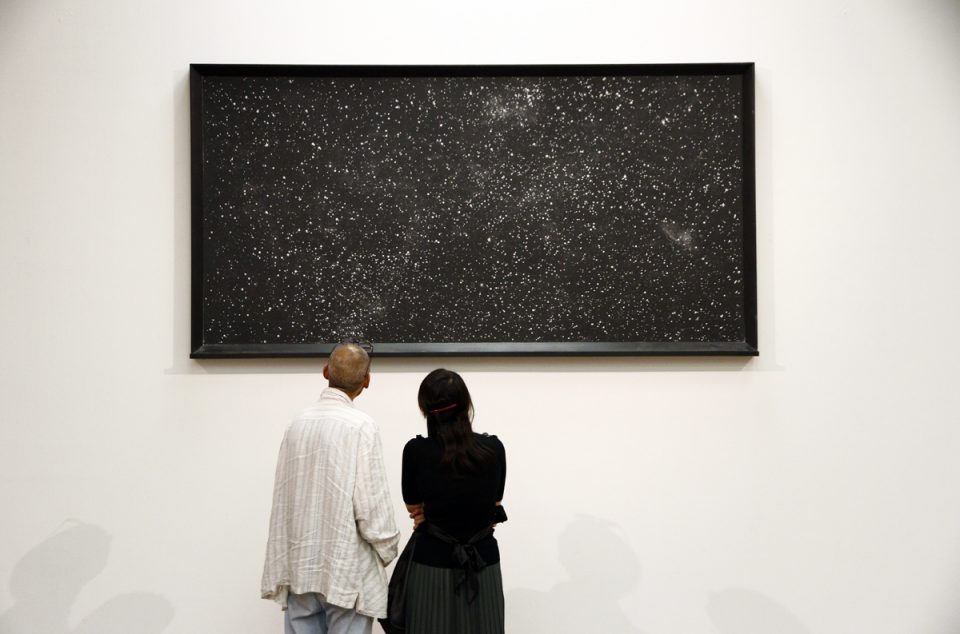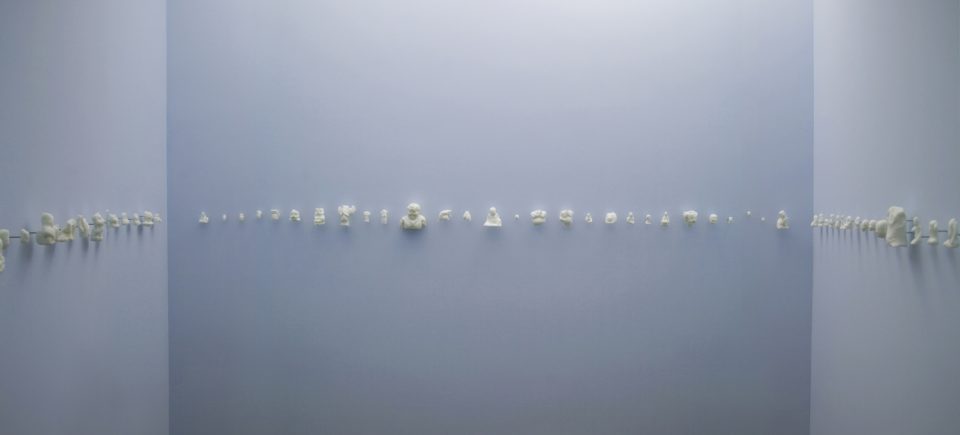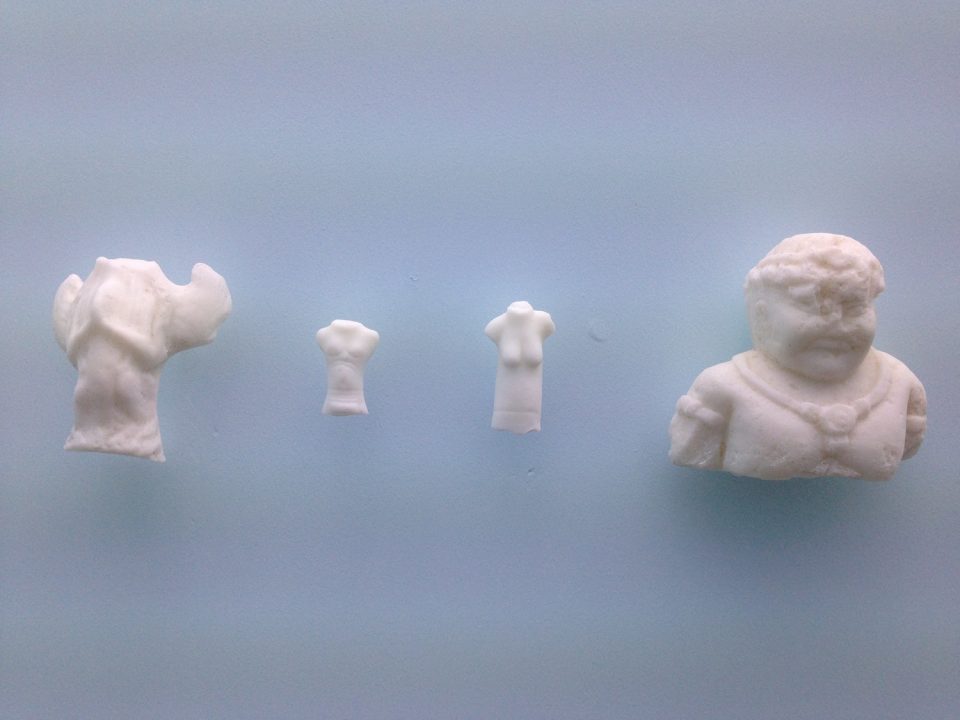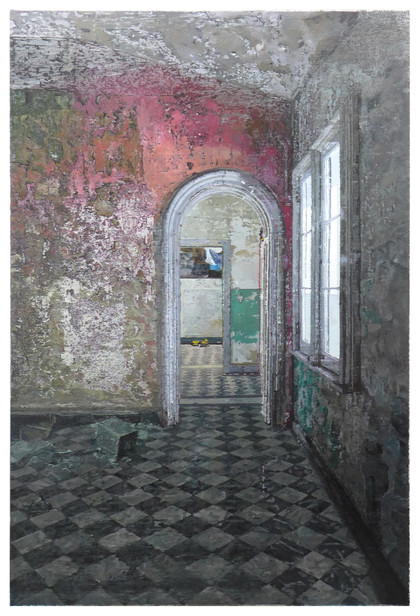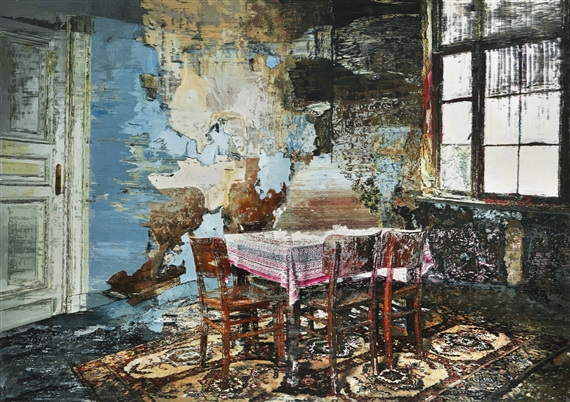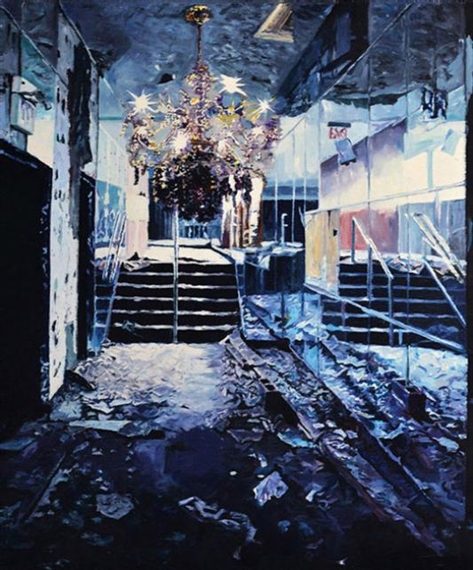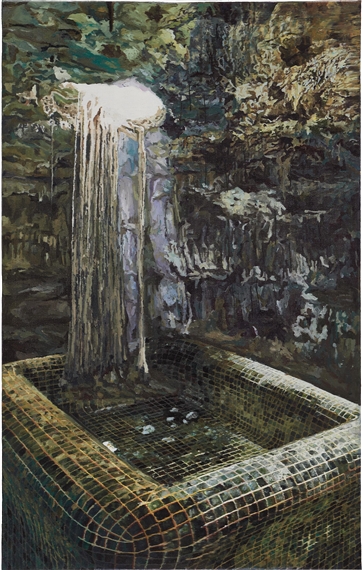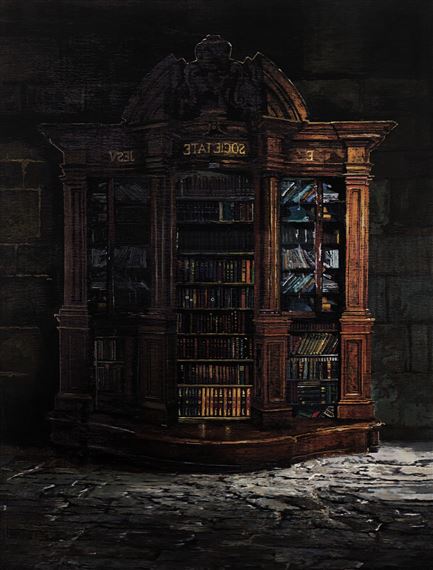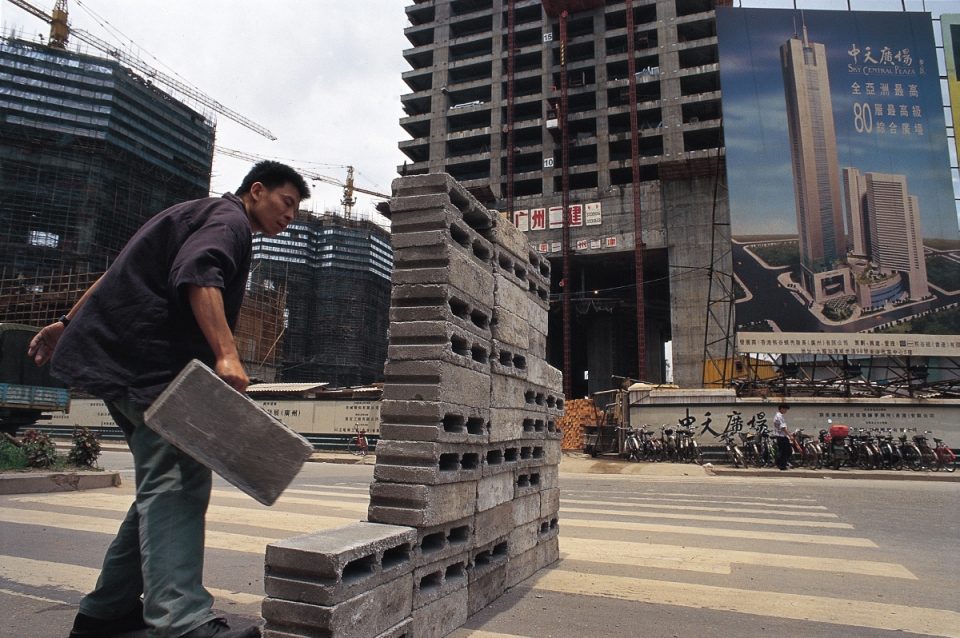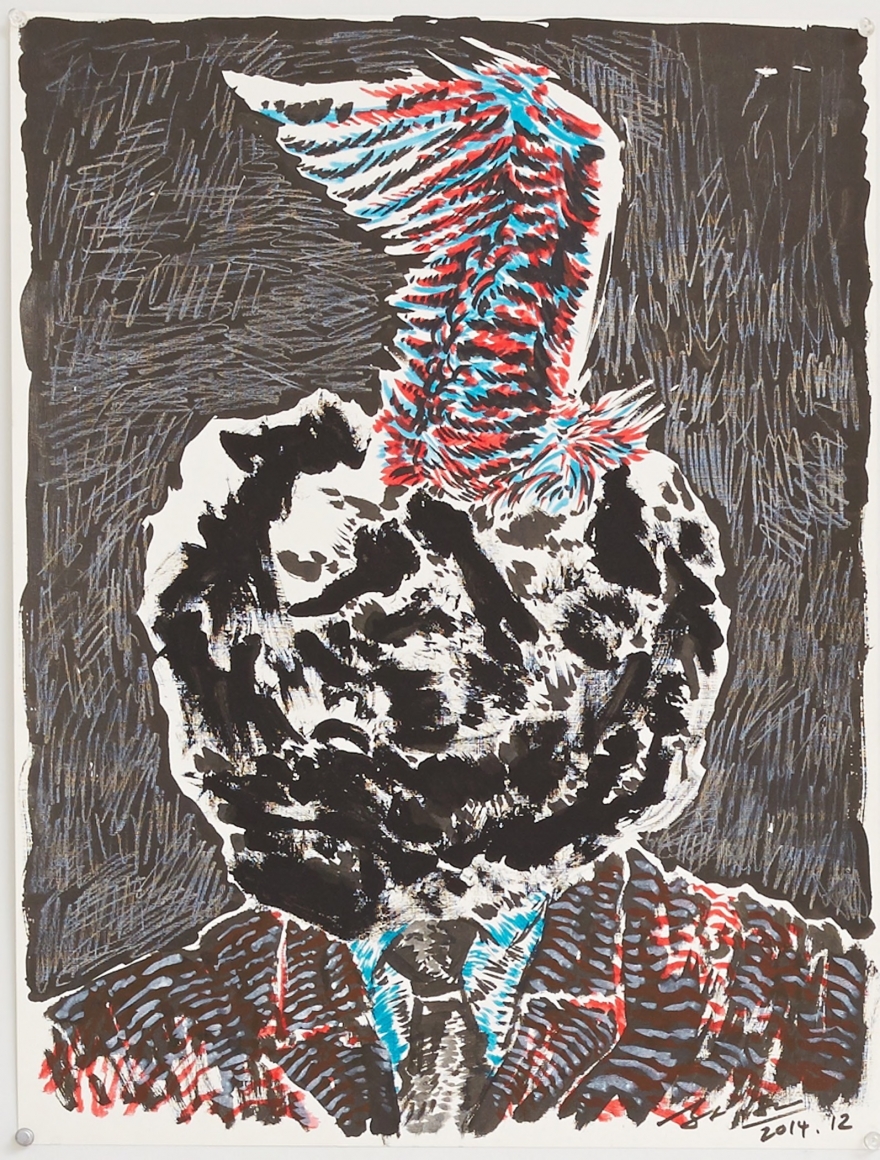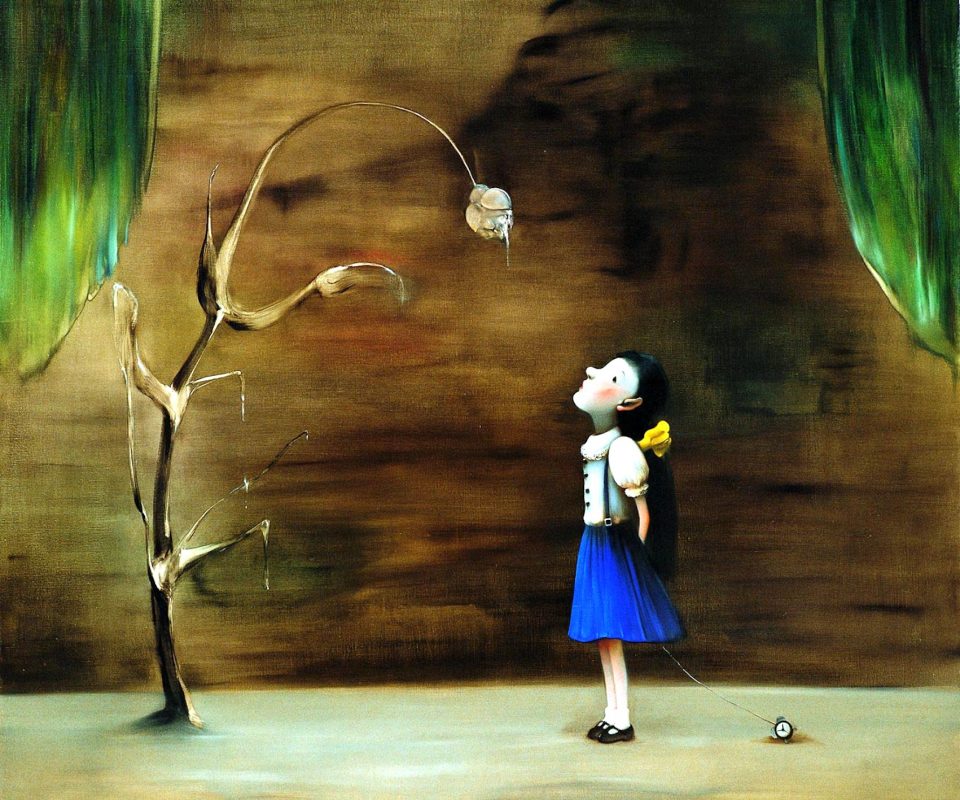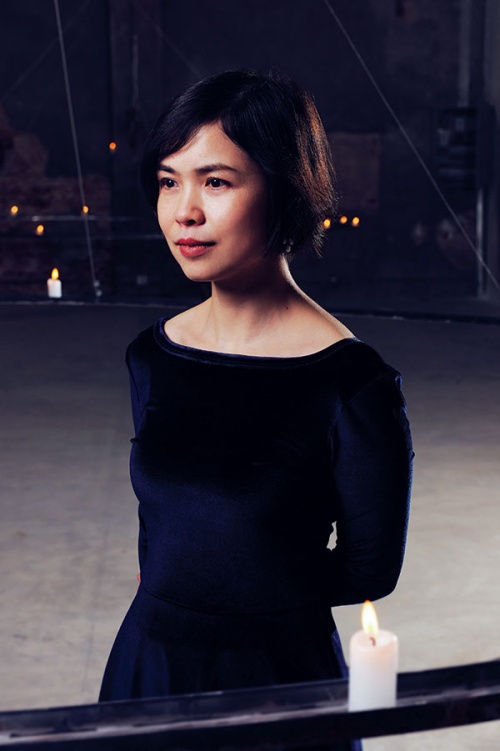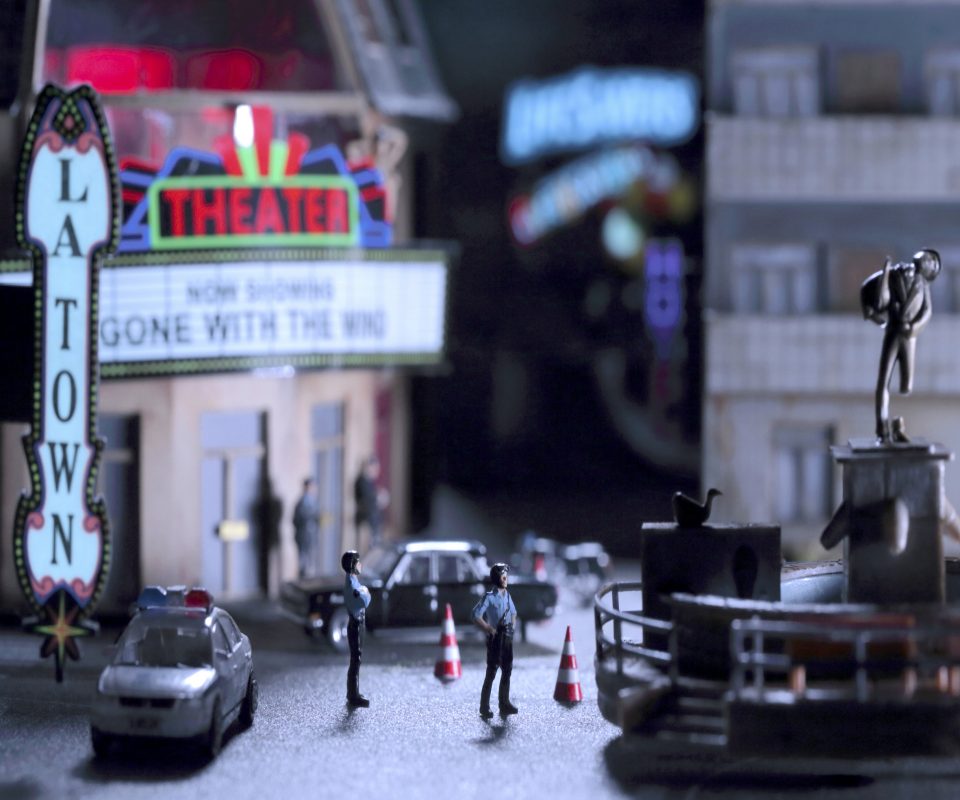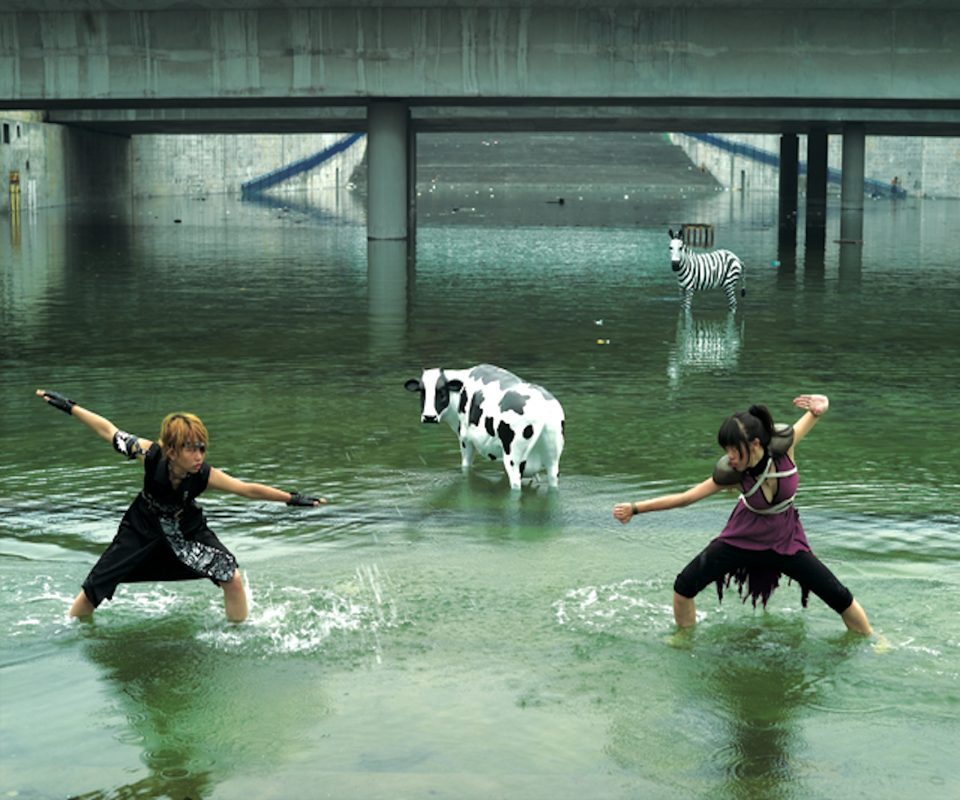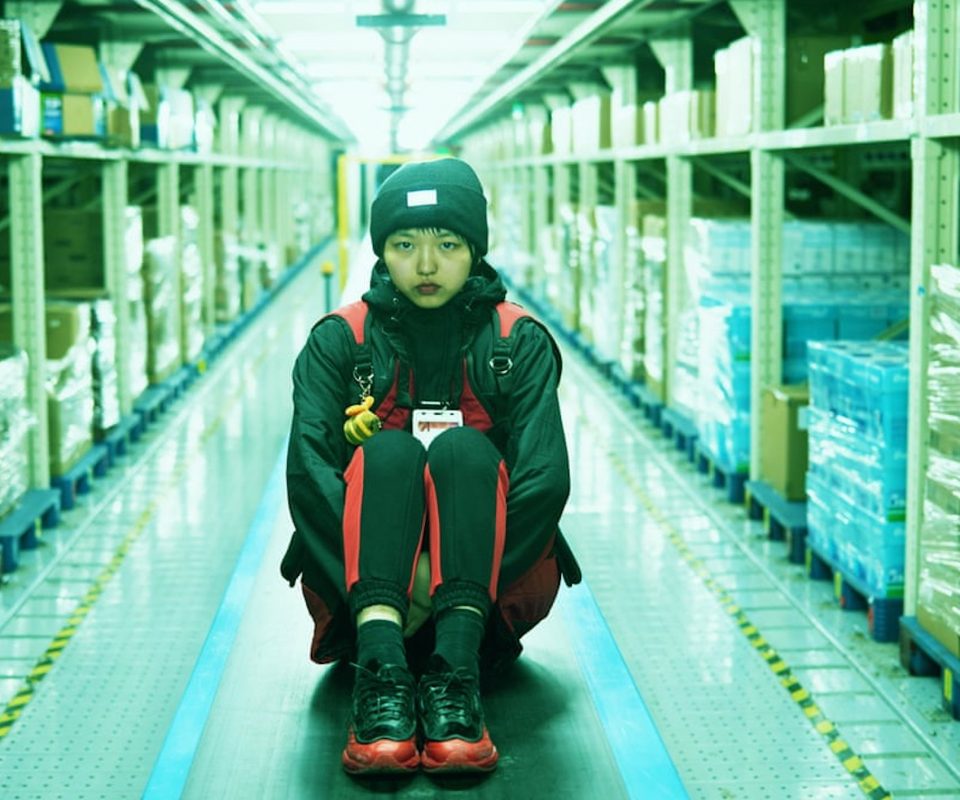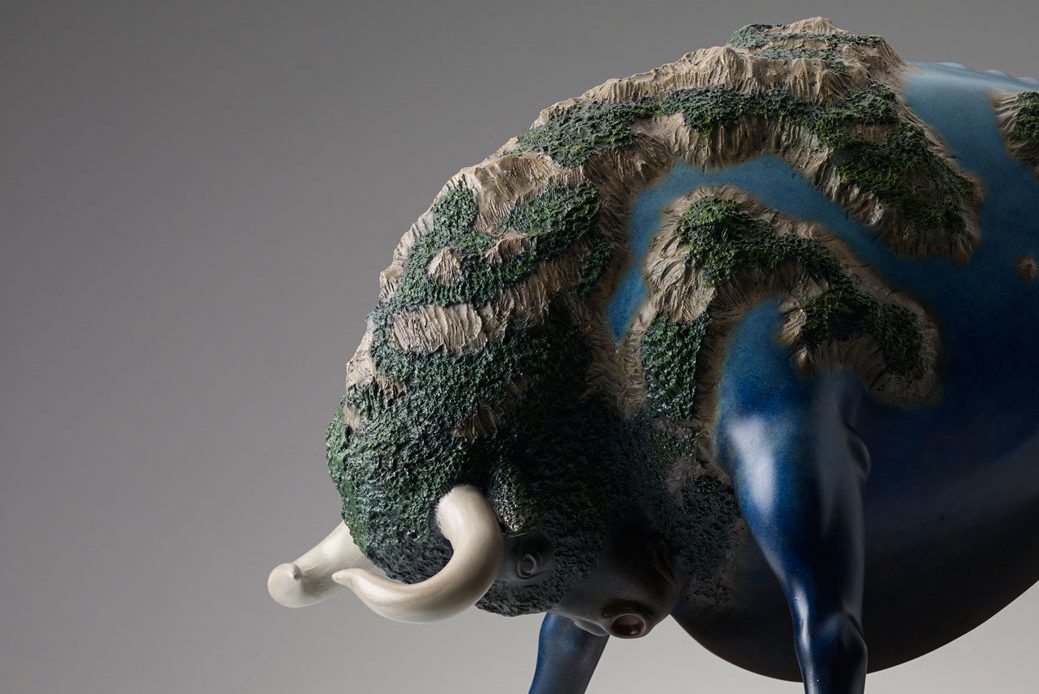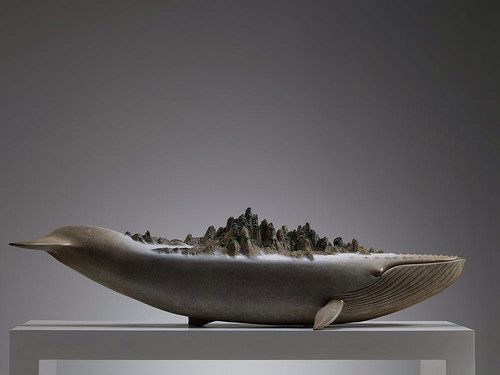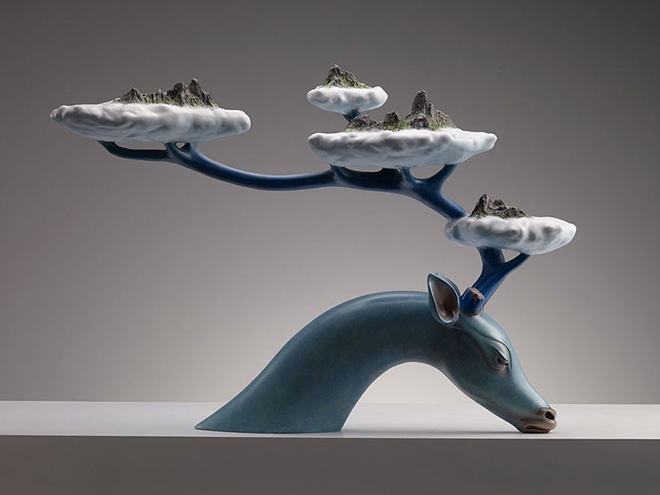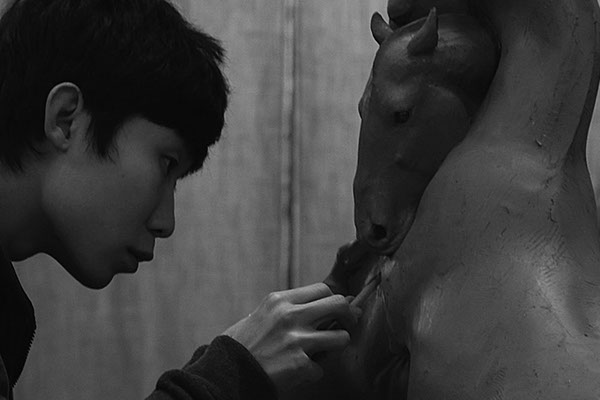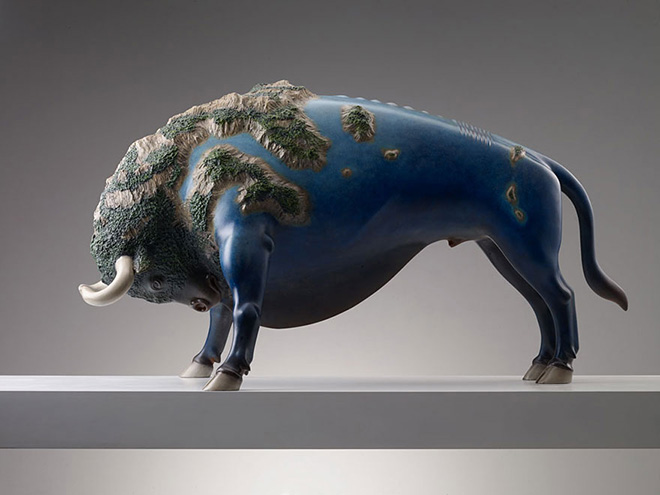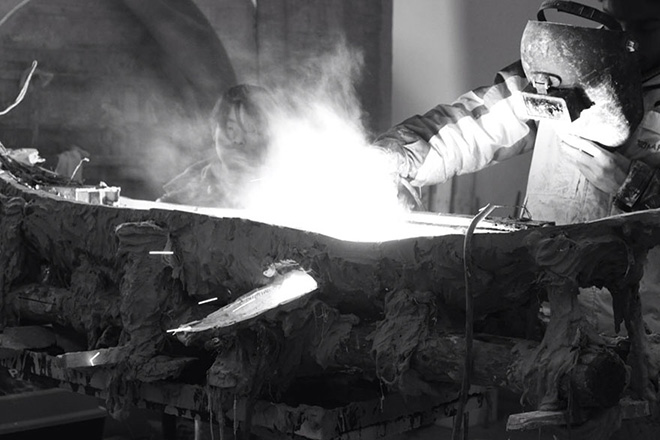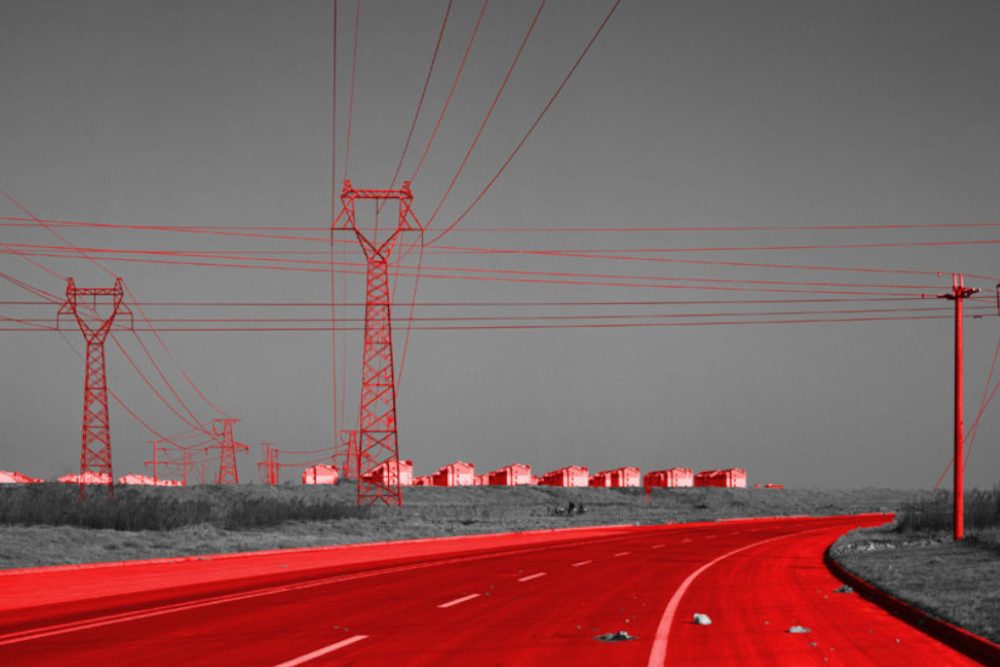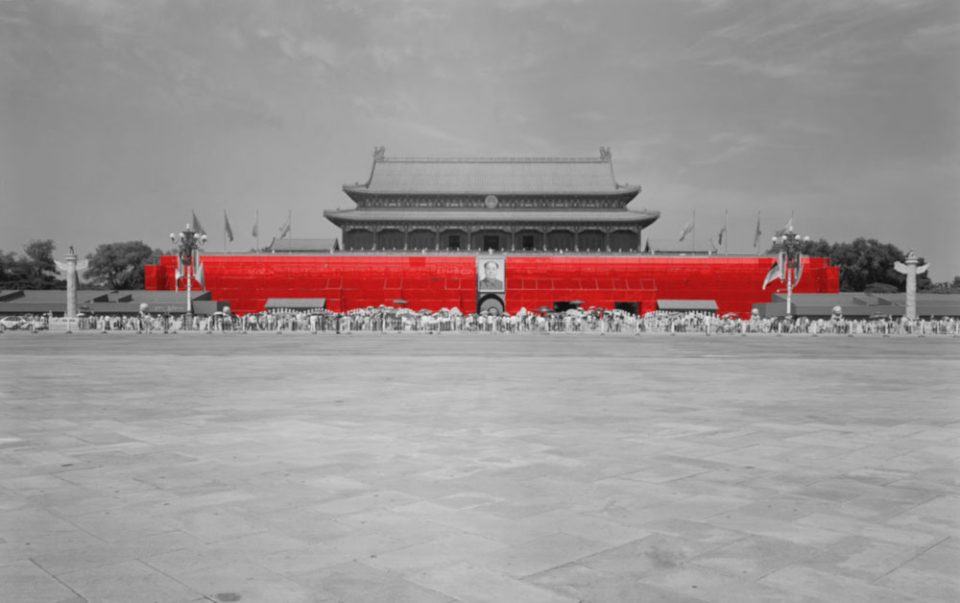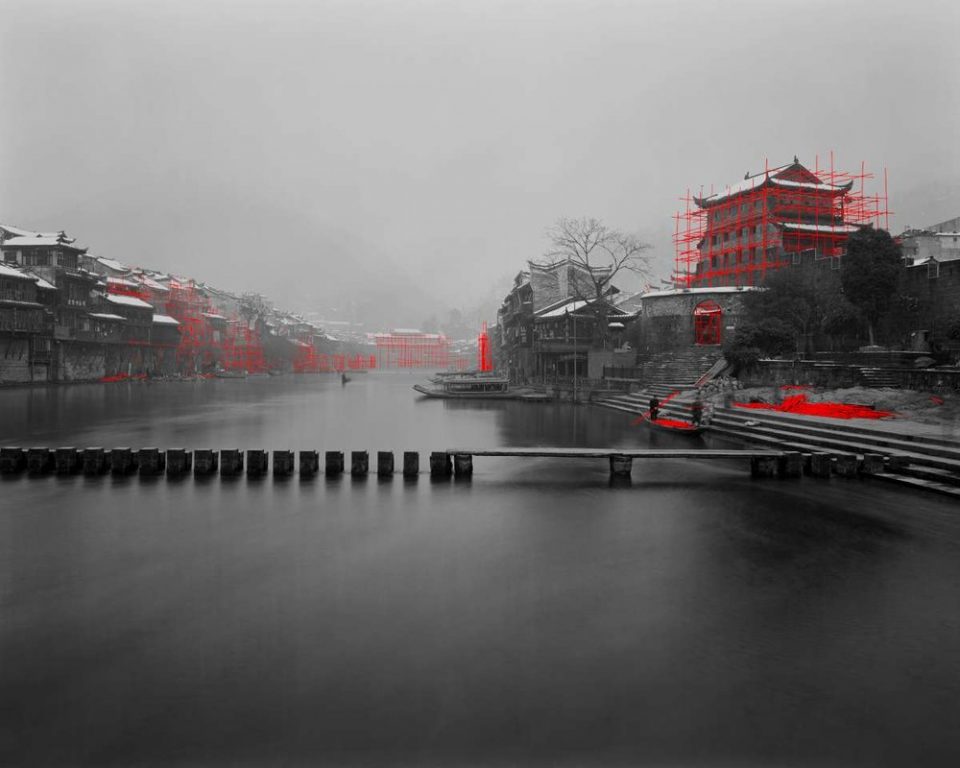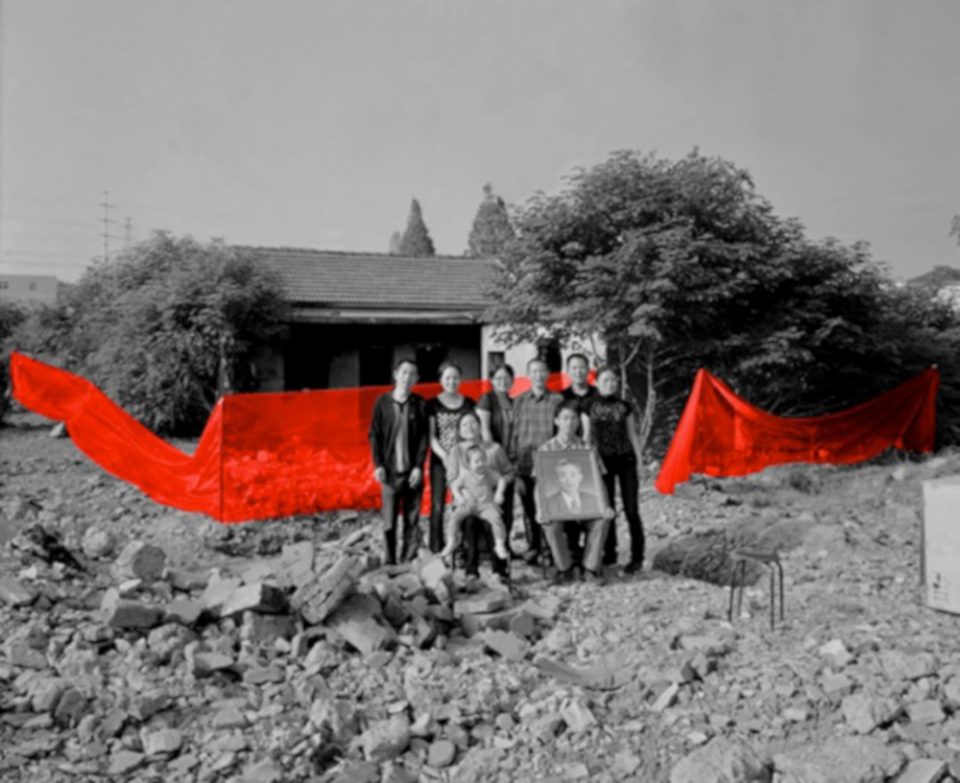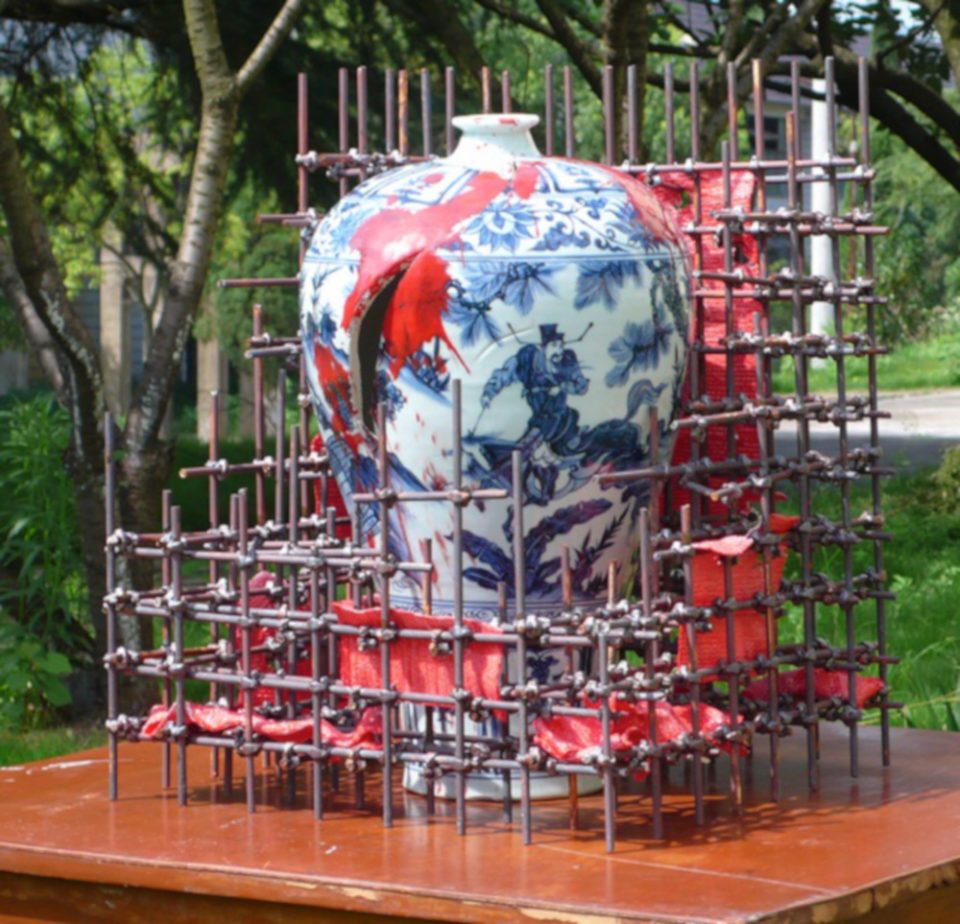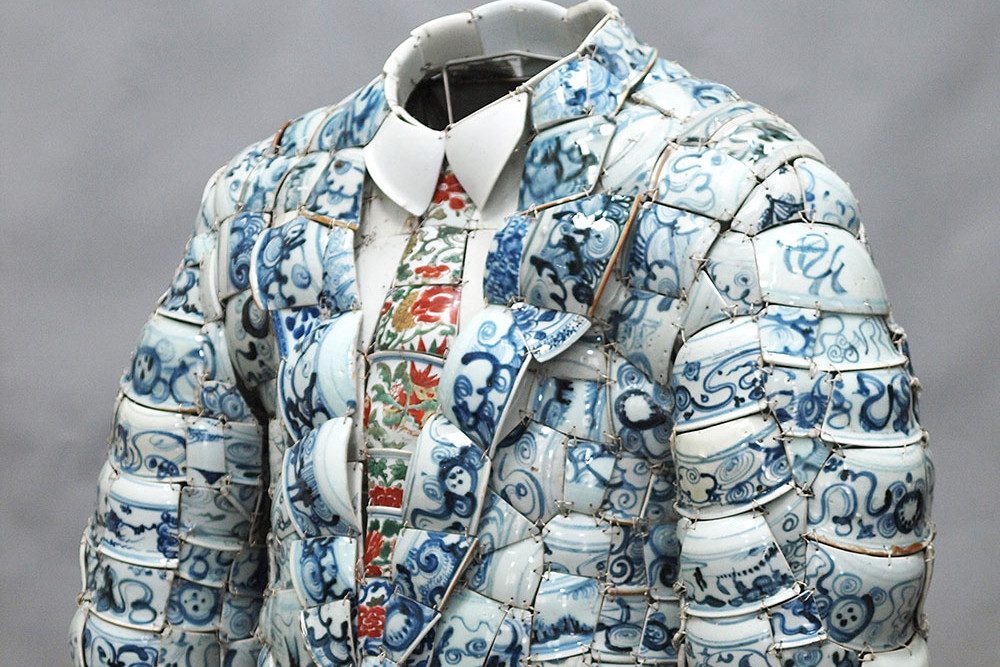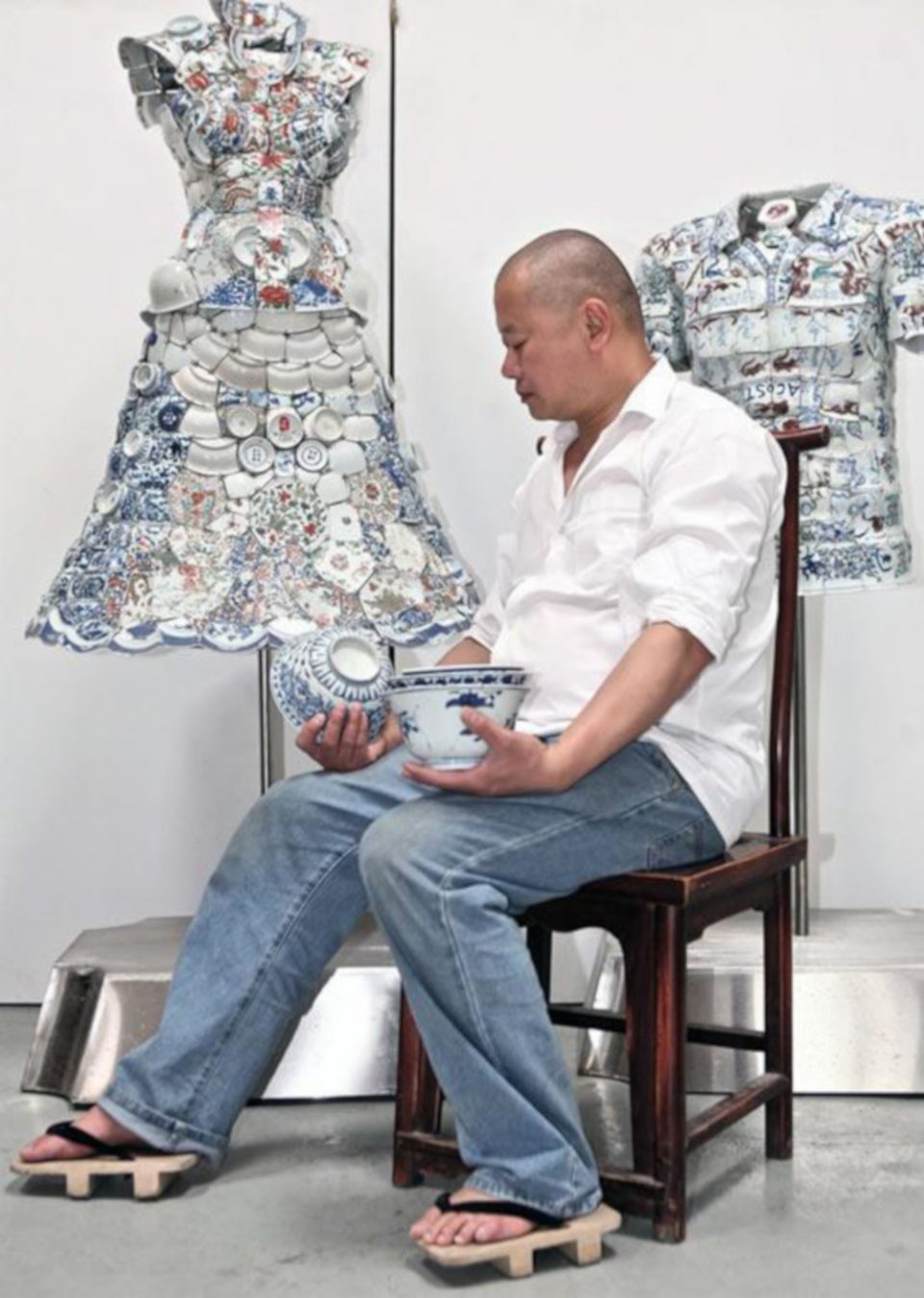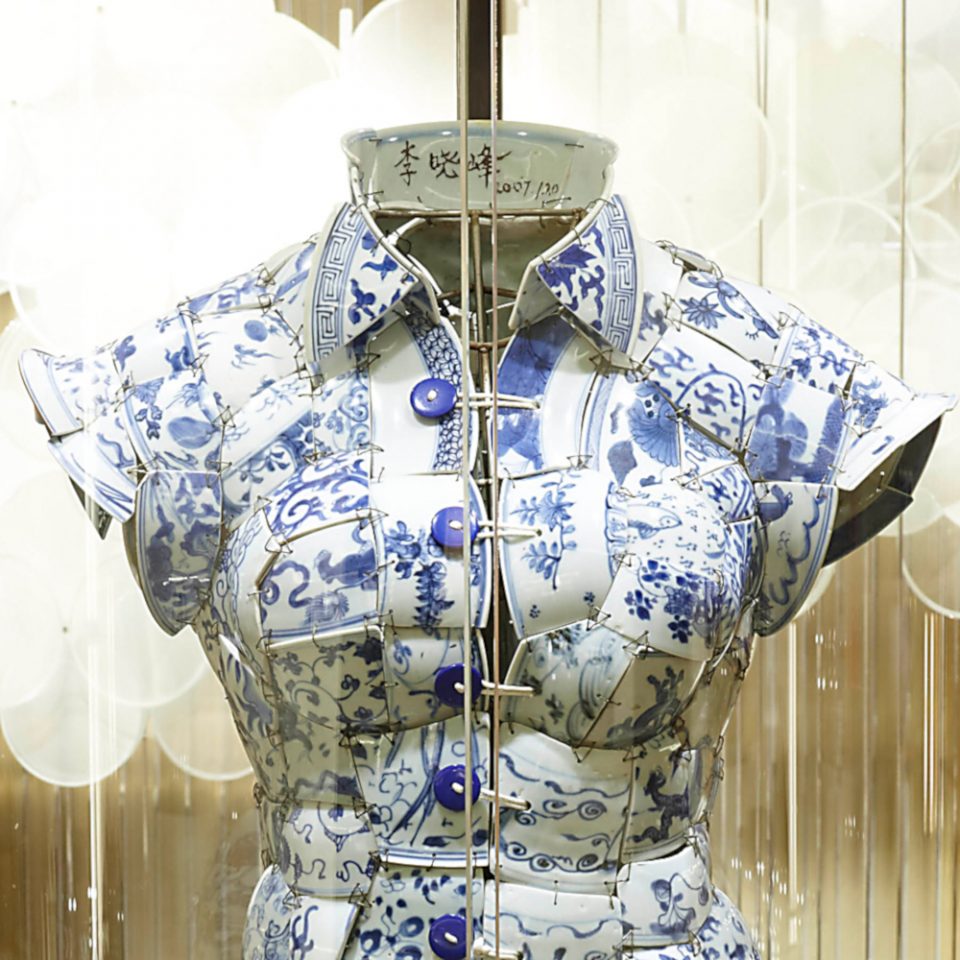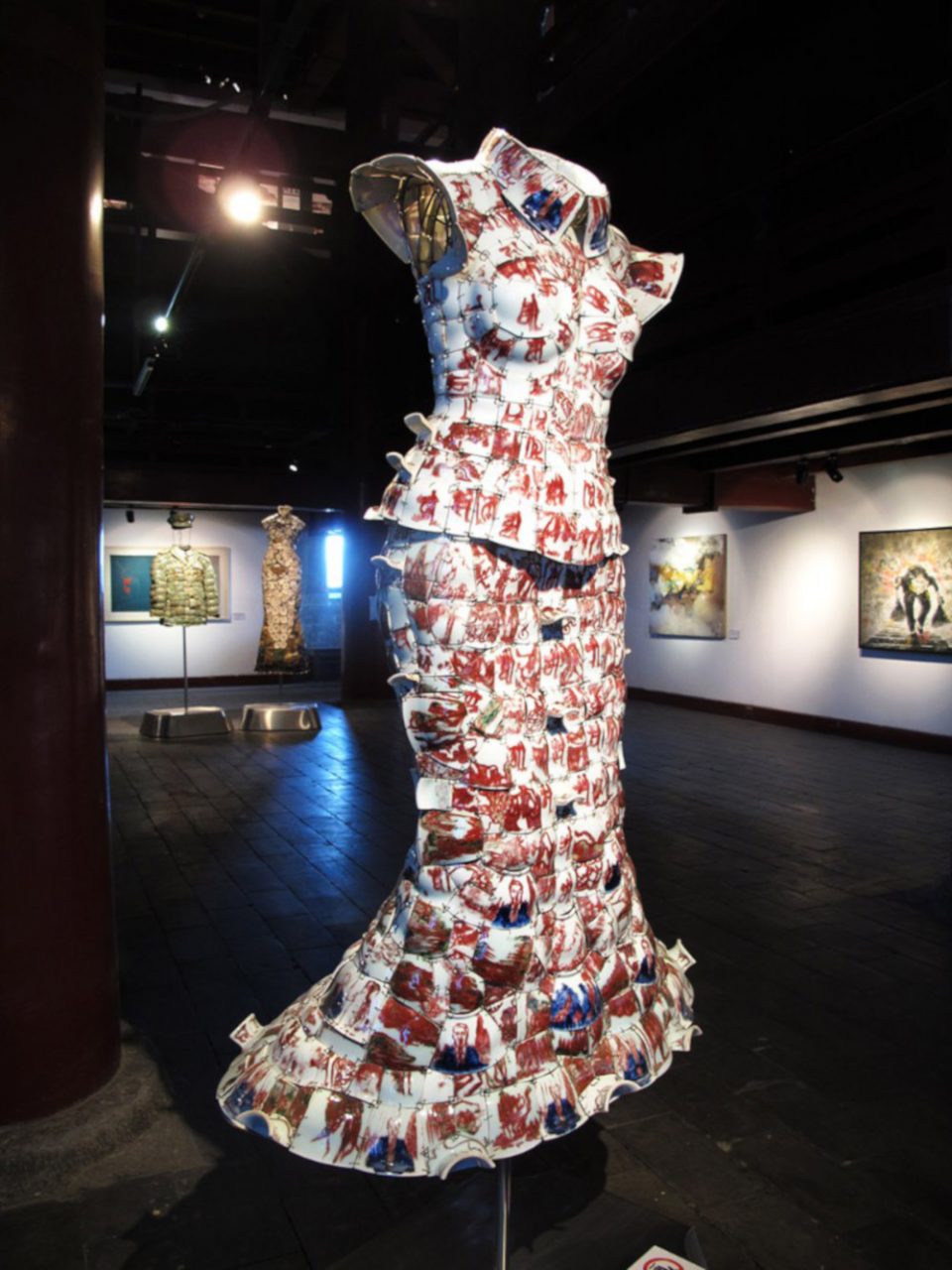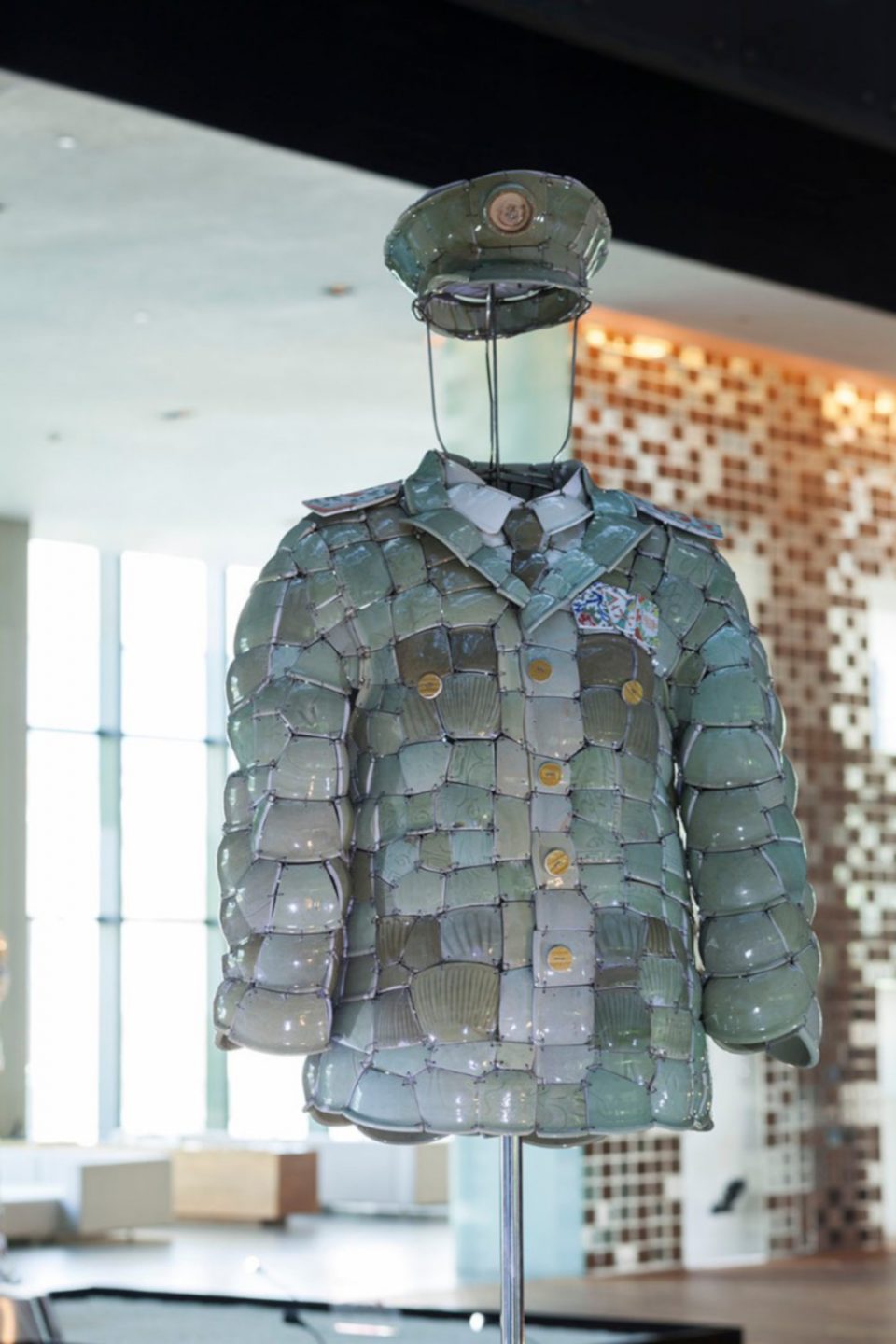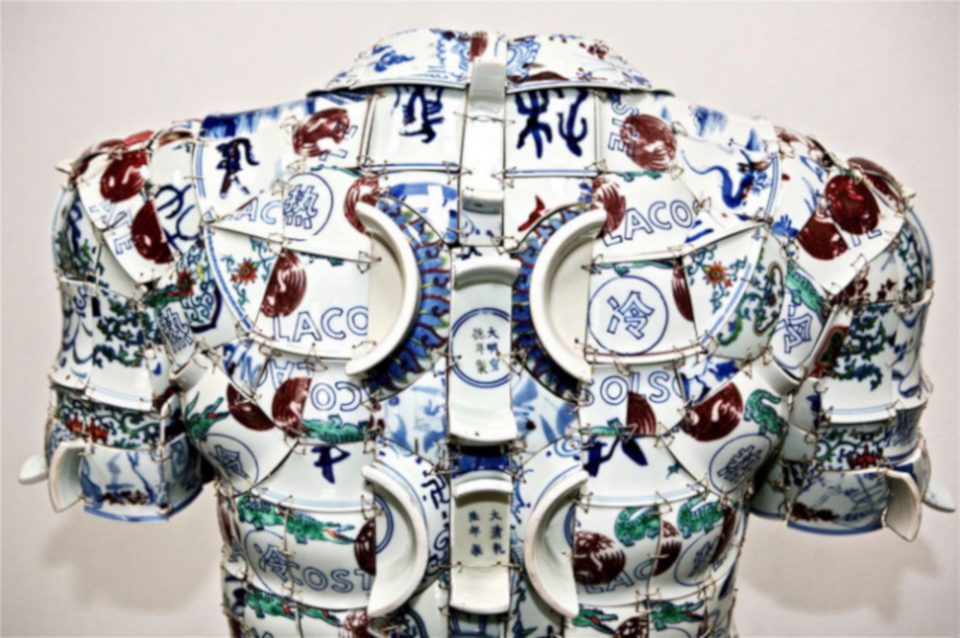Lei Benben is an artist with strong consciousness, in other words, lei ben ben takes a simple and linear approach to think about her art style.

lei ben ben used to be a dance teacher. To her, since dancing was very much challenged by other commercialized art formats, it somehow makes dancing a purer and soulful expression. One day, Lei Benben picked up a camera by accident. Camera’s view to the world and the way it captures images amazed her. So she gave up her dance career, and turned for another challenging profession.

Lei Benben started her photograph career by using camera lenses on mobile phones. The style of her works is rather low key: the objects in her images give us the sense of joy with melancholy. The color of her images seemed to be purified to its original luster by the soft lights of a cloudy day, touching and vibrant.
Wisdom and beauty photographs
lei ben ben photograph works are random taken. Lei Benben is an artist with linear logic and her characteristics determines that her works would not be flourished with splendid colors. However, her works are full of straightforward wisdom and beauty. The underlying interpretation of social morals can be sensed throughout her images. In addition, the art of dance plays a significant role in Lei Benben’s photography; it makes her works delicate and sensitive, even if the themes of the works are somehow heavy or serious. The element also contributes to the permeating, gentle and subtle appearance of her photography without overloaded contents.

Lei Benben’s mobile phone photography concentrates on story-telling rather than expressing opinions of displaying certain attitude. It is very similar to man traditional Chinese poetries that praise on nature phenomenon: the works only care about what is happening, not what would happen afterwards.
lei ben ben ‘s Hair is missing
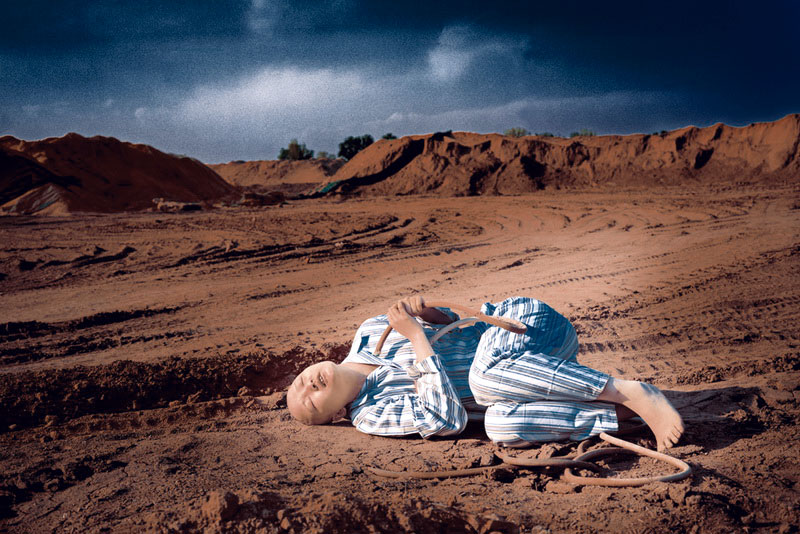
A bald head could be a special code for certain groups or certain characters. For example, the bold head is commonly associated with prisoners, patients (those who are losing hair as result of chemotherapy), Buddhists, Punks, Skin Heads or artists. In this case, bald head actually becomes identity or the symbol of some groups with special characteristics. Some would obtain this special code or symbol to gain certain recognition or at the least the proof of an identity. Since the identity is such a hot topic in today’s society, the image of “bald head” drew Lei Benben’s attention and let her into a contemplative process to find her proof of identity. In the contemporary society, Bald Head is often linked to negative things.
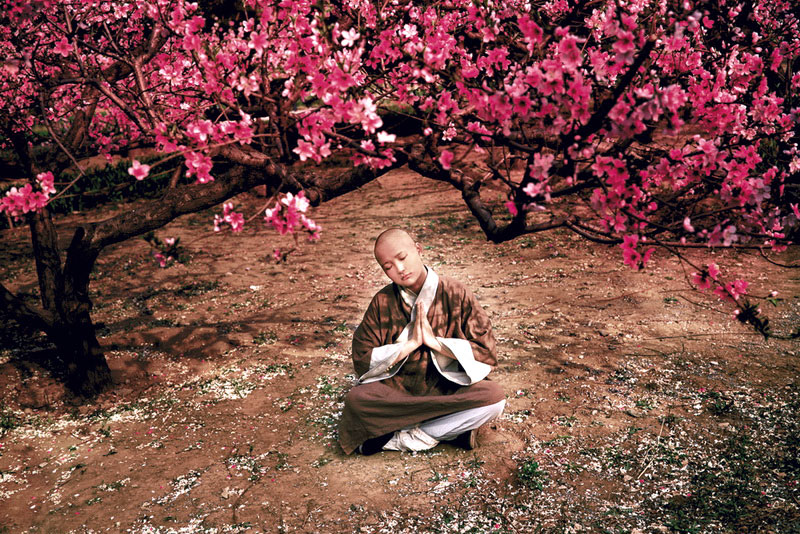
Sometimes, it is considered as a sign of politics, representing a class of people who are not respected politically or socially. In reality, the image of “bold head” has in fact been worshipped as an alternative subject by many. More and more people start to use the image to gain recognitions or identities. Along with other popular idols or distinctive personalities, the appearance of “bold head” makes the character identifying an even more intriguing and complicated process.
The institute of Zoology and Botany for Lei Benben

“The institute of Zoology and Botany” is the work that Lei Benben has been expecting the most. The images attempt to create contrast and examine how life reacts and strives for survival under suppression. In this case, the forcible use of flash lights provides the unusual and surprising power for subject’s compulsory behavior. Because Lei Benben is not a scholar type of artist, she once again diverted from a serious and heavy topic by employing her romantic and sentimental nature. That’s why I believe that this photograph series is smart and poetic.

From:
http://www.leibenben.com/EnIndex.aspx
https://ocula.com/artists/lei-benben/
http://www.artnet.com/artists/lei-benben/
http://www.artlinkart.com/en/artist/wrk_sr/d32atwt/2dcdsCq
For more Chinese art: Abgstage01.



